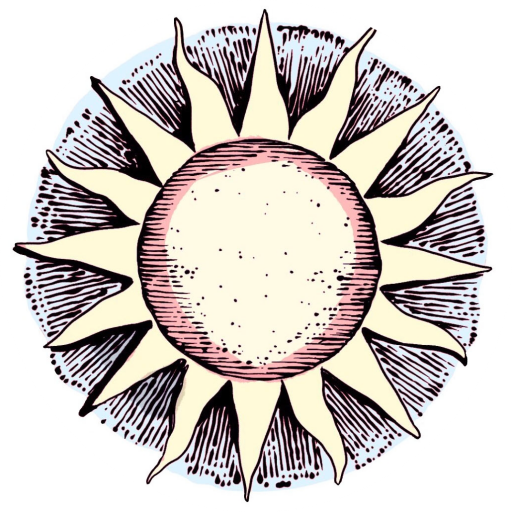Autumn tends to be orchard weather. Orchard weather for things like pumpkins and squash- old apples and peaches that fall apart in your hand. Gardens, on the other hand, don’t have much going on at all in the autumn. That’s been my experience. Gardens become cemeteries for themselves, their dry bushes marking the lots where something beautiful has grown and died. ‘The Ash Garden’ is grimmer than most, because in ‘The Ash Garden,’ death is not an afterthought.
‘Perhaps a result of the sheer number of people out there these days, the market has cultivated a demand for quirky means by which to dispose of human ashes (‘quirky’ because the act of purchasing such a vessel denies the consumer the chance of being genuinely ‘creative’). There are beautiful and tacky urns. There are amulets and chains. There are molds and molten plastic which might allow for the deceased to become, say, a doll or a trophy or the base of a Christmas tree, why not? Past the initial grief-busting high of receiving such an object, none of it is very satisfying to have. Certainly not for the generations that follow who, if they kept every item imbued with dead ancestors, would have no room for their own things.
‘The Ash Garden’ is just about the perfect compromise. It relies on the premise of its forebearers, that it would be a shame for the mortal remains of a loved one to just be buried, and pivots to the forebearers’ forebearer which is to say: it convinces people to bury them anyway. This switcheroo is accomplished through the narrative of ash being important to the growth of flowers and flowers being symbolic of life and symbols of life being important to popular traditions and ceremonies regarding death. To cut through the babble: one might pay ‘The Ash Garden’ to add their relative to the soil they use to grow flowers for funerals (also at a price). Thus, the enterprise has sourced specialty resources and captured a specialty audience all for the price of seeds and property tax.
It was working pretty well until the pandemic.’
No in-person funerals. A lot of dead people. ‘The Ash Garden’ is all ash and no garden now. I have to pull out a mask for the first time in a while just to stand at the outskirts. A man at the center beckons me over and I wave him away. I don’t need my shoes full of this stuff. It’s already in a cloud around me, layering my clothes like unmelting snow. A small sign indicates what ‘The Ash Garden’s’ signature gray-blue flowers look like in peak season. This is not peak season. I’m not sure that season will return, here.
The man beckons again, urgent. A younger me would give in but I’m tired, these days, and suffering from the sort of loneliness that perpetuates itself. I’ve forgotten how to interact with others. Talking to strangers makes me nervous and self-aware.
The man waves again and I call out this time, angrier, maybe, than is necessary. “No!”
He waves again so I wave back, exaggerating the movement. If he has something to say, he can come to me.
The wind changes, slows, and the ash clears somewhat. The man is a scarecrow.
I might need to talk to someone soon.
-traveler
